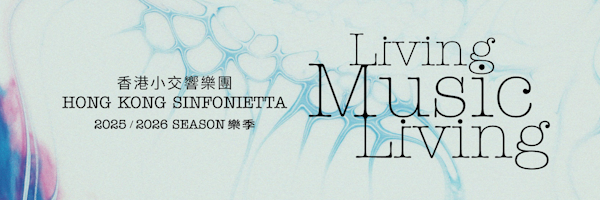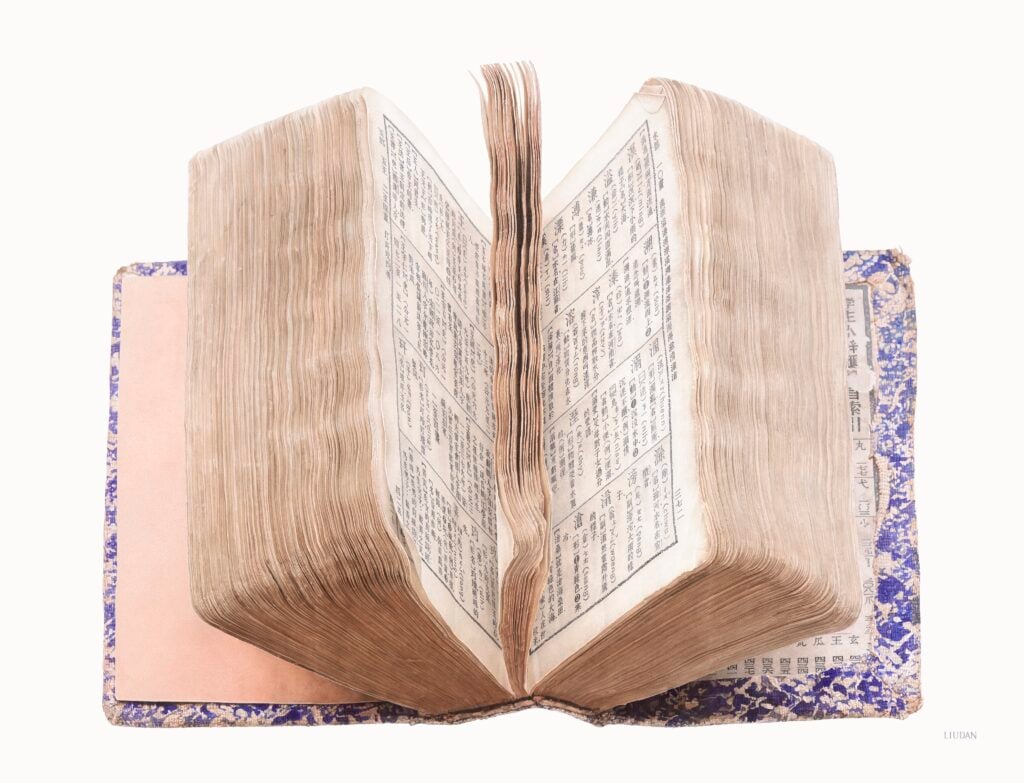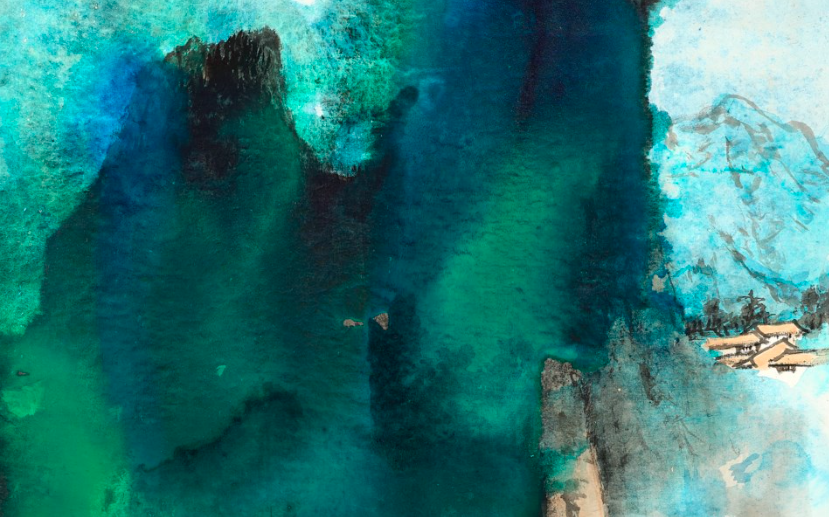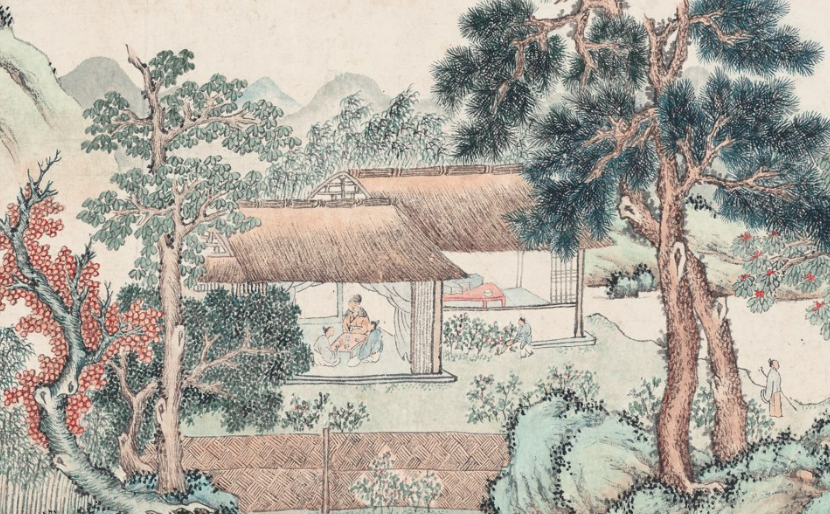
EVENT DESCRIPTION
Pearl Lam is delighted to present Niao Niao, a solo exhibition in collaboration with the Su Xiaobai Foundation, showcasing the works of renowned artist Su Xiaobai from 24 March–15 May. This exhibition, coinciding with Art Basel Hong Kong, is exemplary of the gallery’s long-term focus on abstraction.
Su Xiaobai pursued his postgraduate studies at the Kunstakademie Düsseldorf in the 1980s and was taught by Konrad Klapheck. He embraces abstraction by consciously stripping his work of narrative and explicit meaning. Known for experimenting with lacquer, a resin-based material traditionally used for making lacquerware that can be dated back to the 5th millennium BC, Su is drawn by its unpredictable characteristics. His core interest is to realise physical forms that are inherent to the material and diverse properties of lacquer.
Niao Niao [裊裊] is a new series of paintings that Su has been steadily working on over the past two years. Niao in Chinese literally means being adrift and reflects the artist’s own displacement. “I have no hometown, but I embrace it,” says Su, highlighting how he comes to terms with the psychological solitude. His personal histories are often interwoven with the history of painting itself, giving weight to both material and non-objective expression but without conforming to specific traditional or cultural norms.
“Niao,” in Su’s words, “is an onomatopoeic word that evokes the image of smoke gently rising and curling. This series of work aims to capture a lingering sound that extends into a melancholic echo, much like lingering emotions, with a dense nebulous presence that drifts, permeates, and eventually dissipates.” Furthermore, the concept of Niao Niao signifies the intellectual independence and integrity of a generation of Chinese artists who have been largely left out of the mainstream narrative formed by post-war debates about modernism, minimalism, abstract expressionism, and art informel.
Inspired by old roof tiles from traditional houses in Fujian province after his return to China from Germany in 2003, the shapes of tile are a recurring motif in Su’s oeuvre. The process of making a painting is labour intensive. Individual artworks begin with a curvilinear and meticulously crafted base structure made with wood, plastic, and linen. The lacquer, mixed with turpentine, damar resin, stone powder, metal powders, and synthetic mineral pigments, undergoes a process of drying that produces a crystalline surface reminiscent of glaze. Su is always cognizant of how the edges of the painting and the work’s concave and convex surfaces affect our bodily association with space, literally and metaphorically. The unpredictable interplay of drying stages, resulting in diverse textures, inspires Su’s ongoing experimentation. Embracing both failure and discovery have become integral parts of his process.
This exhibition is broken down into two distinctive sections to shed light on the ever-changing meaning behind Su’s artworks and, more importantly, to express longing for artistic freedom. With reference to the landscape design of classical Chinese gardens in Suzhou, the first section utilises different layering of space to encourage audiences to become more aware of their own sense of movement relative to their perception of an artwork. A small painted broken tile, Floating Tile–5 (2024), located on the front wall alludes to a temporary dwelling; a green painting, Floating Grass–1 (2024), is hung in proximity, suggesting nature and growth. Audiences then enter individual compartments to look at different groupings of grey paintings, Floating Sand (2024), of varying sizes. The intention is to accentuate visual qualities of absorption, diffusion, and containment. A muted white Floating Flake (2025) is hung next to Floating Grass–3 (2024) with rich textures to convey remnants from the past that have withstood the weathering of history. In section two, along a corridor conducive for perspectival readings of artworks, we see a large blue diptych painting titled Floating Haze (2025) coupled with Floating Light (2025), a drip painting, on the end wall. Floating Haze is an abstract expression of ravines and mountains shrouded in clouds and mist. The interplay of blue and white evokes clouds, water, and the movement of glaciers. Installed on the opposite wall are works that are slightly more painterly in nature, as Su attempts to do away with depicting imagery with these pieces. Inside a semi-enclosed room, a large blue work with unique curvatures, Floating Beam, is used to stage a physical compression for audiences to observe more closely the subtle changes of the marks on the painted surface, as if time can come to a standstill.
ABOUT THE ARTIST / ORGANISER
Su Xiaobai is an artist living in China and Germany and one of China’s most distinctive painters. He was born in 1949 in Wuhan, Hubei province, China. In 1965, he joined the School of Arts and Crafts in Wuhan, and from 1985 to 1987, he studied oil painting at the Central Academy of Fine Arts in Beijing. In 1987, he moved to Germany to pursue his postgraduate studies at the Kunstakademie Düsseldorf (Düsseldorf State Arts Academy), returning to China in 2005. He currently lives and works between Shanghai and Düsseldorf.Before moving to Germany in 1987, Su’s work inclined towards social realism. However, first-hand experience of avant-garde Western art radically affected his outlook. During the 1990s, his work became progressively less figurative, and following his return to China in 2005, it has increasingly focused on the essential characteristics of colour, shape, and surface. Having eliminated recognisable subject matter and imagery, Su’s arresting and compelling art engages both with the language of Western abstract art and with the traditions of Chinese philosophy, including the Buddhist sutra “Everything is nothing, nothing is everything”.




